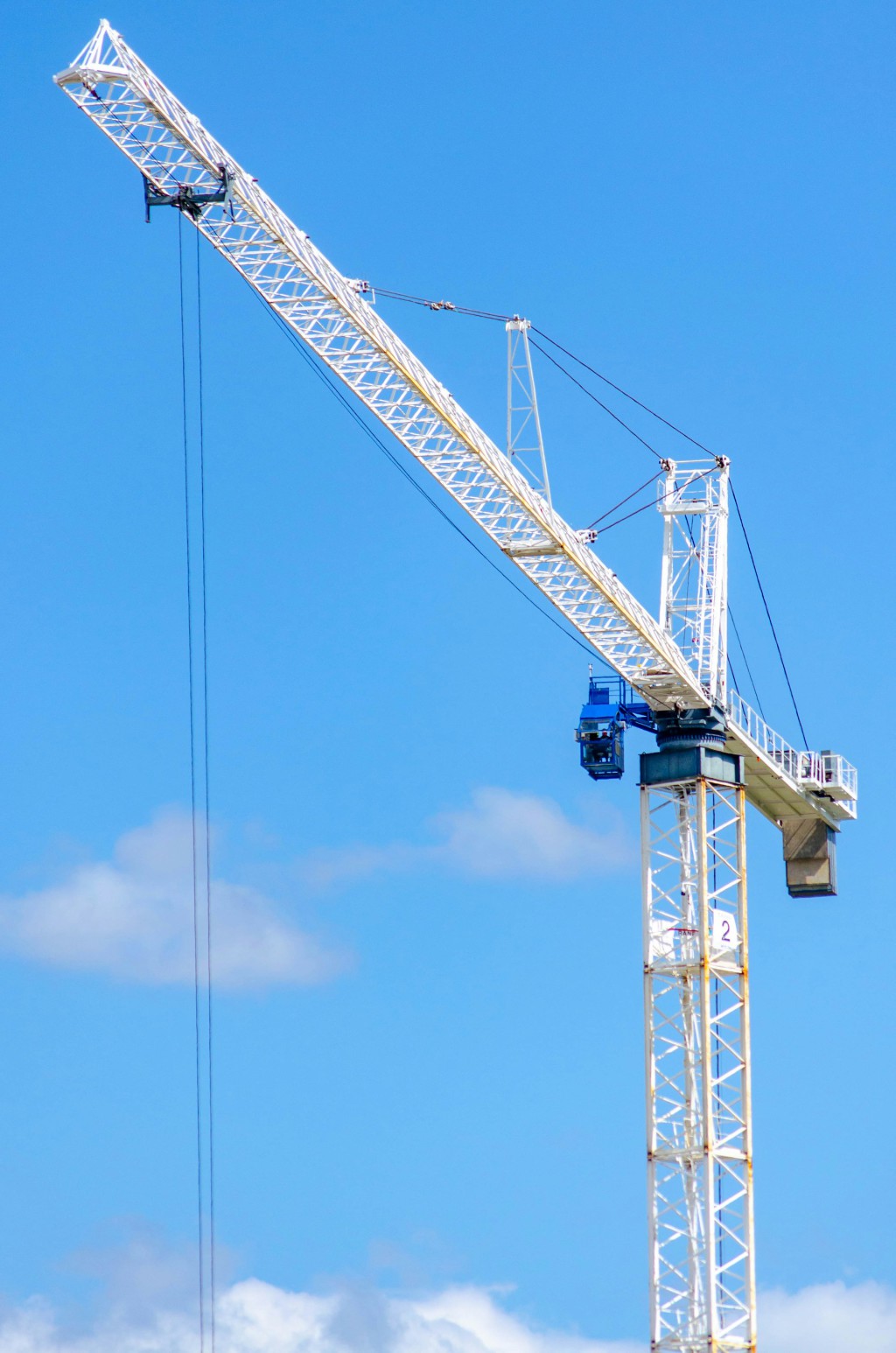Right on the money

High value infrastructure projects offer more to local communities than ever before. Gone are the days of residential development delivery only consisting of housing stock and we are now seeing the need for community facilities increasing. Ensuring the delivery of these elements is of optimal importance, and with constrained budgets and inconsistent spending that development phases can bring, developers need to utilise cashflow experts to ensure success. Tom Mascari, Executive Director at construction consultancy Bentley, discusses.
The landscape of residential development is undergoing a significant transformation. Once primarily focused on housing units, developers are now increasingly expected to deliver substantial community amenities as part of their projects. While this shift is undoubtedly beneficial for local residents, it presents complex challenges for developers, particularly in terms of managing cashflow.
Early engagement
Understanding the financial implications of a project from the outset is essential. By carefully analysing the development phases, identifying potential cashflow bottlenecks and developing strategies to mitigate risks, cost consultants like Bentley can help developers make informed decisions and avoid costly delays.
On a typical residential development where the client is the master developer, a consultant would typically indicate the costs of servicing the project. This includes all the infrastructure needed to enable the developer to make sales. From there, it’s all about creating a reasonable timeframe to deliver that scheme – on these larger, multi-million- pound sites, it could be 10, 20 even 30 years, so considered planning of the phasing strategy is crucial.
The key is understanding infrastructure triggers and constraints, looking at small wins – in terms of minimising costs while maximising income early on to get the development going – and spreading the costs to allow for longevity. Without this, there is the potential for hold-ups along the way and this is what we aim to avoid.
Building a strategy for success
While there are always unknowns around land sales, inflation and other economic challenges, the 2023 mini budget as an example, getting off to a strong start can help to mitigate some of these uncertainties.
With large developments, the goal is always to complete an early phase for relatively low cost – this means avoiding the potential for recycling income from land sales and unnecessary financing costs. As the development progresses, there is more chance there may be large infrastructure to fund or new amenities such as schools or community facilities.
Being prepared to address these requirements is all about good pre-planning. Across a multi-million-pound scheme, spanning many years, cost and land receipts will always go up and down and there are commitments along the way – but in the end, the goal is to reach a profitable outcome which also delivers the required level of investment in the community.

Sustainable insight
‘Sustainable development’ is a key focus for the sector as a whole with construction accounting for 35-40% of all global emissions, as such, when it comes to cost management, sustainable measures is something that has to be considered.
Contractors are being asked to consider ways to be more efficient from a carbon perspective, but clients also need to understand the cost implications. As consultants, this is becoming increasingly important for us to understand and be able to provide advice on how to work differently to minimise carbon output– we want to help developers on that journey.
Cost strategies should always be about doing things right the first time and spending extra to save later – and this feeds into the sustainability message.
Avoid the overspend
The main cause of not being prepared is simply not having a cashflow plan in place, which is why having those early conversations is so important. In reality, clients may be able to restructure the delivery if there was a cashflow issue, but there have of course been situations that come midway through development, such as the Covid-19 pandemic, that you cannot prepare for.
Where there is concern around overspending, specifications may have to be downgraded, but developers can be quite constrained. In a worst case scenario, projects can stall or aren’t even able to get started. With Section 106 agreements, developers may agree terms but fail to properly consider the impacts on the cashflow strategy – it’s essential to match the infrastructure with the agreements and the land sales from the outset. Essentially, the advice we give before the Section 106 agreements are finalised helps to ensure the project remains viable.
With a well formed strategy and early engagement, everyone gets what they want – and instead of spending on finance, there is room for more positive initiatives that support local communities, which is always a bonus.







